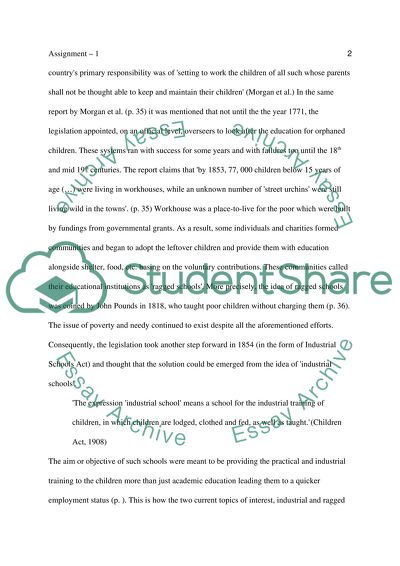Cite this document
(“Public and Private Education Essay Example | Topics and Well Written Essays - 1000 words”, n.d.)
Retrieved from https://studentshare.org/education/1568019-public-and-private-education
Retrieved from https://studentshare.org/education/1568019-public-and-private-education
(Public and Private Education Essay Example | Topics and Well Written Essays - 1000 Words)
https://studentshare.org/education/1568019-public-and-private-education.
https://studentshare.org/education/1568019-public-and-private-education.
“Public and Private Education Essay Example | Topics and Well Written Essays - 1000 Words”, n.d. https://studentshare.org/education/1568019-public-and-private-education.


